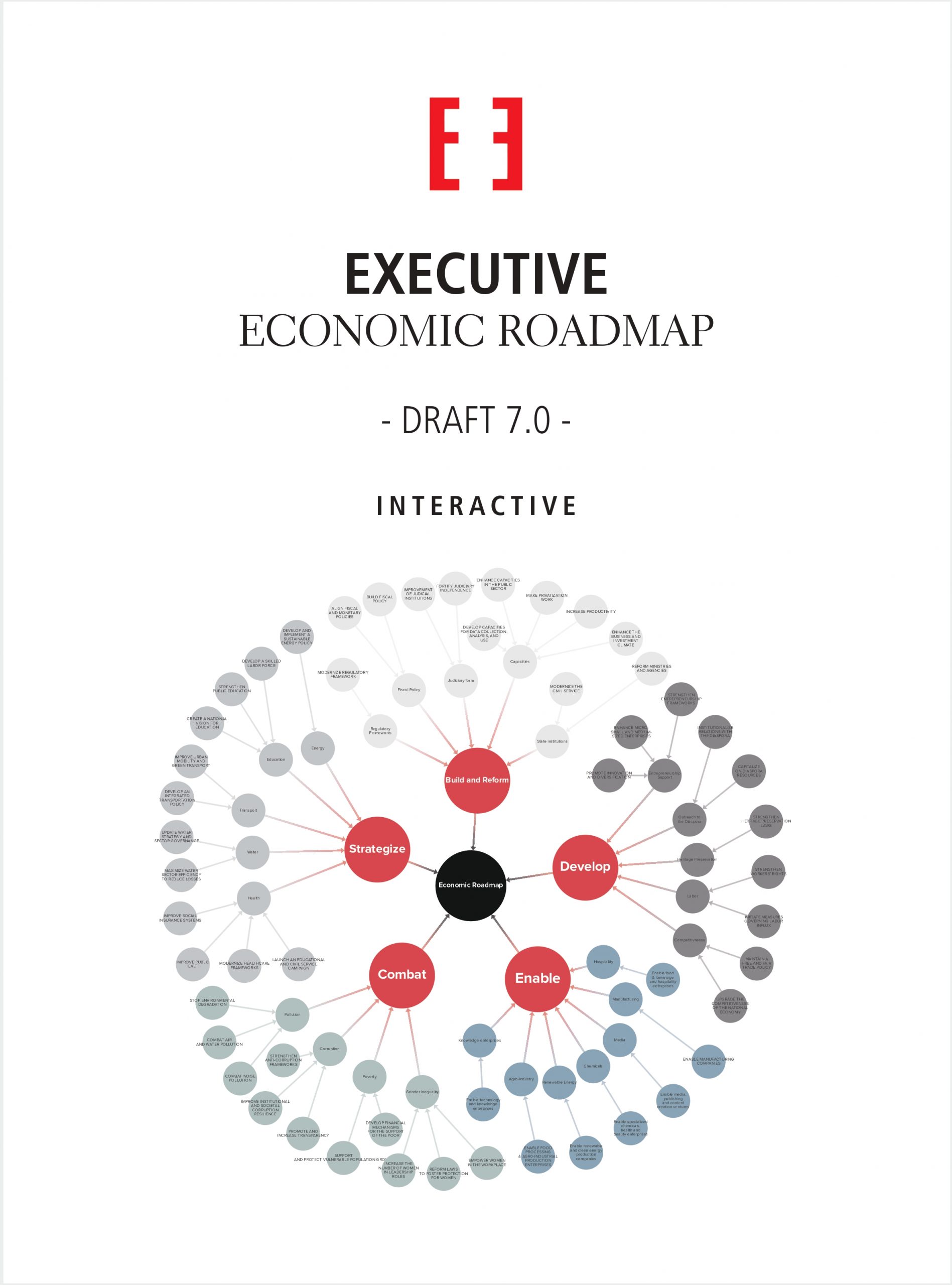Design thinking” is a powerful agent for social innovation, and since its emergence in 2002, when David Kelley of IDEO coined the term, practitioners have been applying it to drive social innovation. Design thinking is being used to address healthcare, education, and environmental challenges across the world. However, as designers engage in this work, they are finding gaps in the process, and as true designers, they are adapting and iterating the design thinking process itself to meet these new challenges.
As a design practitioner and instructor, I feel there has never been a more exciting moment in the design field than now. It is a time of experimentation and growth. So what are social innovation designers doing to adapt the process? What are we changing and why?
When I left my post at the Hasso Plattner Institute of Design at Stanford (known as Stanford d.school) in 2016 and launched a social impact design studio, I found working on social challenges required adapting the design process. I started to question: Why are we only asking for community members’ input on a challenge at the beginning and end of the cycle? What if they were part of our design team and present for all decision making? Why are community members viewed as unaware of their own needs, when many of these communities are organized and actively asking for what they need? What are the ethics of starting a design project when there is not a clear implementation plan or budget? How am I challenging my own biases around how I view this challenge and how I collaborate? How can I create an intervention with confidence that it will create positive behavior change?
I quickly started building tools to help navigate these queries. I started practicing co-design “with” communities instead of “for” them. I met many designers who were asking the same questions and developing their own tools to address them. We spent a year learning from each other’s work and then founded the Equity Design Collaborative, a group formed to share this work and build a movement in the design sector.
“Equity design” is a design thinking process that acknowledges historical context and power dynamics. For example, when I did work in Cape Town, South Africa while a lecturer at the Stanford d.school, I had to understand how I was perceived as an international lecturer coming from an American university to a country that has a complex relationship with colonialism and a history of abuse from outside researchers. That was an important factor to understand before I did any design work there. Equity design also helps us manage our biases of people, ourselves, the challenge framing, and the outcomes. It involves a practice of building deep self-awareness, which is critical for being able to work effectively with communities on difficult social challenges.
I developed a form of equity design called “liberatory design” with colleagues from the Stanford d.school and the National Equity Project. We pooled our expertise from the design thinking, systems thinking, and equity change fields. Equity change helps us build deep relationships with communities, talk honestly about power dynamics, navigate difficult conversations, and practice co-design in a way that uplifts all. Systems thinking tools help us see the social challenge in a wider context—a context that includes multiple stakeholders who are intricately interconnected. For example, I am working with a government agency to help them reduce the rate of recidivism in their county. They want to help formerly incarcerated residents thrive in their city and stay out of jail. In this project, behavioral health, security, data, medical, and program teams across the county have to collaborate to address this social challenge. To do this work demands systems thinking tools. Systems thinking helps us design an intervention that works across departments and systems. Without systems thinking tools, we risk oversimplifying the challenge and either creating ineffective solutions or even harmful ones with unintended consequences.
Equity design has immense potential to drive impactful social change in Lebanon. Design thinking helps identify meaningful challenges to explore, develops creative solutions, and generates rapid learning through prototyping and testing. In addition, using systems thinking we can unpack the complexity and interrelatedness of these challenges. For example, if we are trying to address the trash crisis in Lebanon, we need to interview community members in different cities to understand how it is impacting them. We also need to use systems tools to map out everyone connected to this issue: manufacturers, trash collectors, restaurants, government officials, recycling plants, and more. We cannot address this challenge by focusing on changing human behavior in one group alone; we need to identify the interconnectedness of the groups and how that affects the outcome. We might decide that the way to address the crisis is to reduce the amount of plastic packaging that people purchase at the grocery store. Or we might find that the most powerful leverage point is to change a national policy. By mapping the complexity of the system and designing a solution with communities, we can identify ways to most powerfully intervene to drive social innovation.
Lebanon is rich in driven, compassion, and intelligent change-makers. By leveraging equity design practices, these actors can add a powerful resource to their toolkit in their mission to drive social innovation. I encourage you to start building your own equity design tools and join our movement. The need for social innovation will continue to adapt, and so must our design practices.
Tania Anaissie is the founder and CEO of Beytna Design Studio, and lecturer at the Hasso Plattner Institute of Design at Stanford University.


